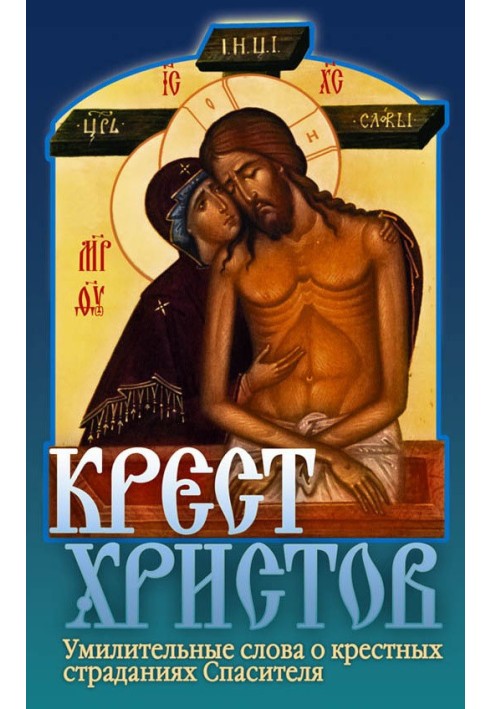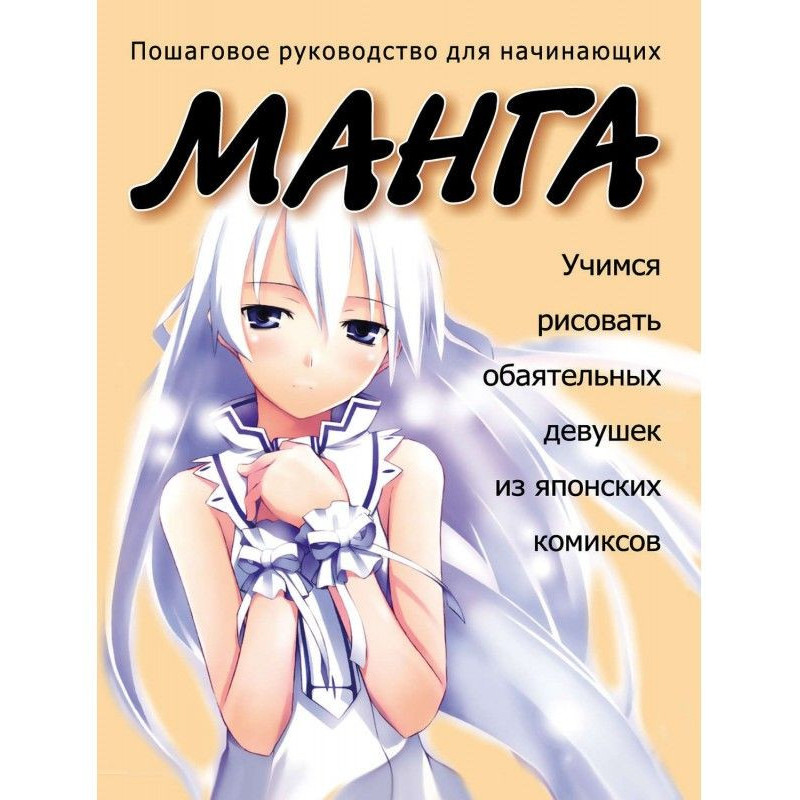Cross of Christ
 Instant download
Instant download
after payment (24/7)
 Wide range of formats
Wide range of formats
(for all gadgets)
 Full book
Full book
(including for Apple and Android)
...The Jews, according to the Talmud, had a custom for a criminal sentenced to death to be executed not immediately after conviction. The herald several times publicly announced his name, guilt, witnesses to the crime and the type of execution assigned to him, calling anyone who could go to court and defend the unfortunate man. And the Romans had a law issued by Tiberius, according to which the death penalty was carried out no earlier than 10 days after the sentence. But for Jesus Christ, although He was judged according to both Roman and Jewish laws, neither one nor the other custom was observed. The reprieve of execution extended only to ordinary criminals, and the disturbers of public peace, the enemies of Moses and Caesar, as the slander presented Jesus, had no right to this mercy: their execution was the more legal the sooner it was carried out. So, immediately after his condemnation, Jesus Christ was handed over to the soldiers who carried out all the executions among the Romans. Their first step was to take off His scarlet robe and dress Him in His own clothes: this was required by custom and, perhaps, pity. The silence of the evangelists does not allow us to say decisively: the crown of thorns was also removed or remained on the Lord’s head until His removal from the cross. However, the ancient custom of depicting Jesus Christ on the cross wearing a crown of thorns has the appearance of a historical legend. In support of this, we can say that the crucifiers had enough reasons to leave a crown on the head of the Lord, since, according to their idea of Him, it was very opportune, confirming what the inscription said.
Data sheet
- Name of the Author
- Дмитрий Семеник Геннадьевич
- Language
- Russian
Reviews
Глибоке і зворушливе дослідження історії
Книга "Хрест Христів" є вражаючим літературним твором, який занурює читача в складну та драматичну атмосферу останніх днів Ісуса Христа. Автор майстерно поєднує історичні факти з глибокими філософськими роздумами, що дозволяє читачеві не лише зрозуміти події, але й відчути їхню емоційну вагу. Описані звичаї та закони, що оточують процес страти, створюють відчуття реальності та правдивості, а також підкреслюють жорстокість і несправедливість, з якою зіткнувся Спаситель. Книга спонукає до роздумів про моральні цінності, справедливість і людську природу, що робить її актуальною і в наш час. Я б рекомендував цю книгу всім, хто цікавиться релігійною історією та бажає заглибитися в складні питання віри та моралі. Вона залишає глибокий слід у серці і розумі



























